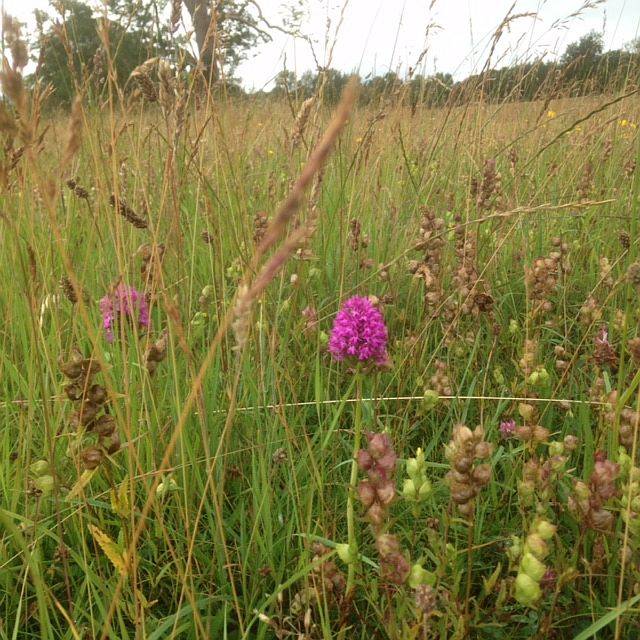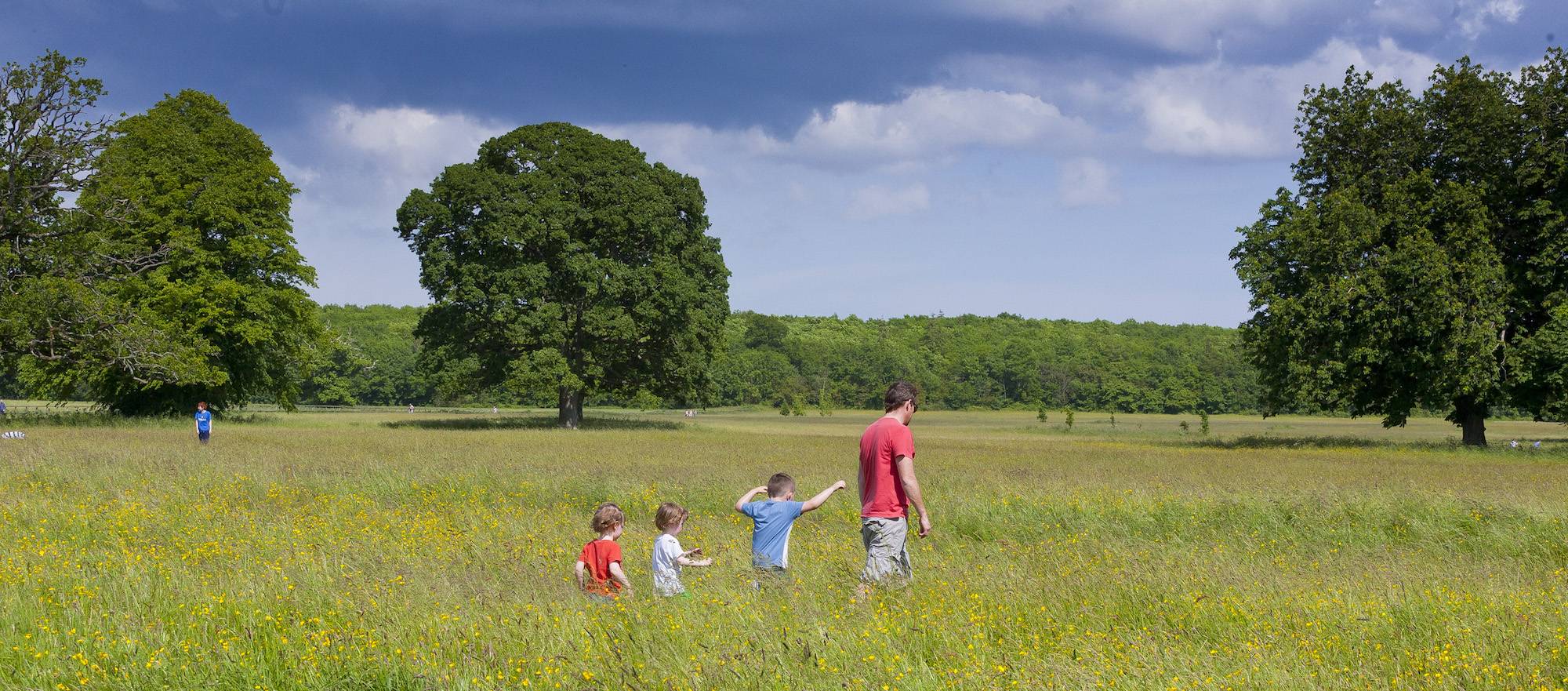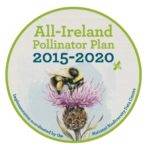By Cathy Mahon
Last year, Castletown House Demesne received a Pollinator Award, from the National Biodiversity Data Centre (N.B.D.C.) as part of the All-Ireland Pollinator Plan (A.I.P.P.) for 2015 – 2020. According to Rory Finnegan, Head Gardener, that was validation for 10 years of work managing the demesne in an ecologically sensitive way. The OPW team has been managing 80 acres of semi-natural grassland as a summer meadow, which is is cut once a year and all vegetation is bailed and removed. This reduces the fertility and encourages our native wild flowers and grasses. No fertilisers or pesticides are used, as these would impact negatively on the biodiversity of the grasslands.

The OPW encourages the public to appreciate and experience these grasslands by cutting pathways through the meadows, allowing the public to appreciate the flora and fauna at close quarters. Mature trees that have died have been left in the meadows to decay naturally. We have bored different diameter holes in the trees to provide nest sites for solitary bees. We also scrapped away vegetation on a south-facing bank to provide another opportunity for these little-known but important pollinators.

We have a small population of Scabious on south-facing banks near the River Liffey. These plants are late flowering in September/October and are brilliant source of nectar for Red Admiral Butterflies. We manage the grass banks for the benefit of the Scabious and collect and disperse seed to increase our population in these areas. At the house itself two formal beds of Sarcococca hookeriana provide a nectar source for bumblebees in the early months of the year. Other early supplies come from snowdrops, aconites, crocus, bluebell and primrose.

New trees have been introduced, including rowan, crab apple, bird cherry, spindle, willow and lime — all important food plants for pollinators. Our plant communities have become more diverse and there is a very marked increase in our populations of yellow rattle, pyramidal orchid, lady’s bedstraw and cuckoo flower. With no competition, dandelions carpet the ground in spring, which is an important food source for bees out of hibernation. The erection of the “Managed for Wildlife” signs provided by the N.B.D.C. was met with a very positive reaction from the general public. Following on from that and from the feedback we received, we are currently in the process of developing interpretative panels to help educate visitors to Castletown on the importance of biodiversity and the preservation of our semi-natural grasslands.
If you want to learn more about biodiversity at Castletown, why not come to our Dusk Chorus at 7 pm on 16 May, which will include a presentation in the Hunting Room (limited seating), followed by a guided walk of the demesne during sunset.


